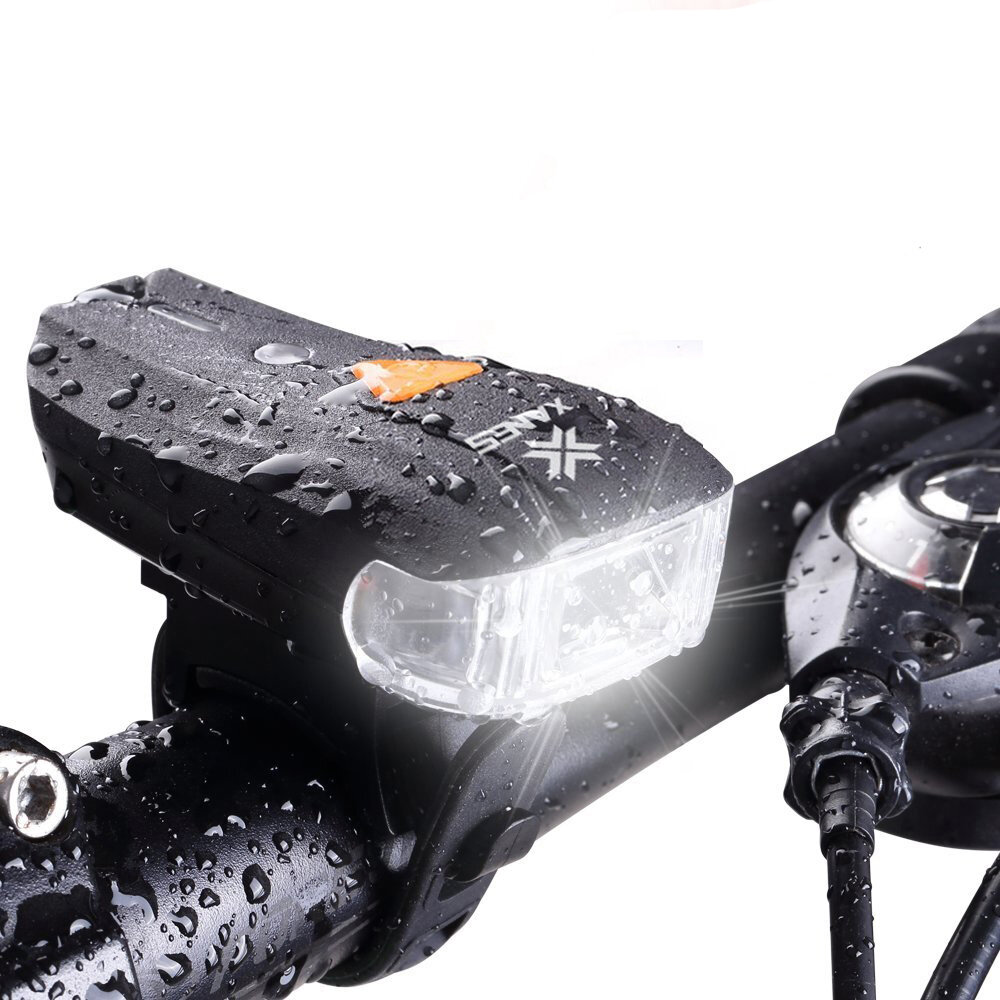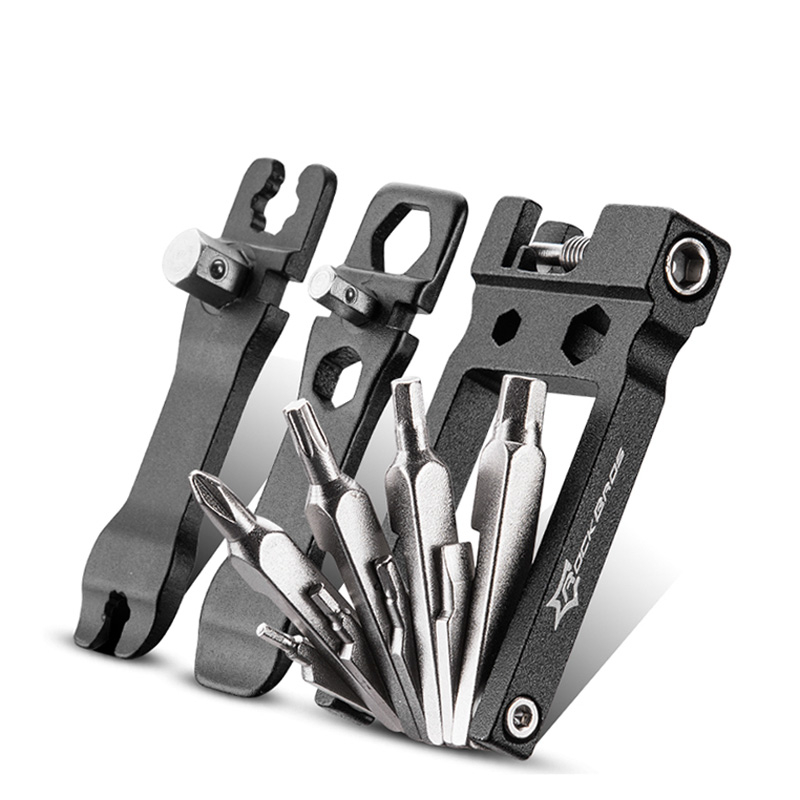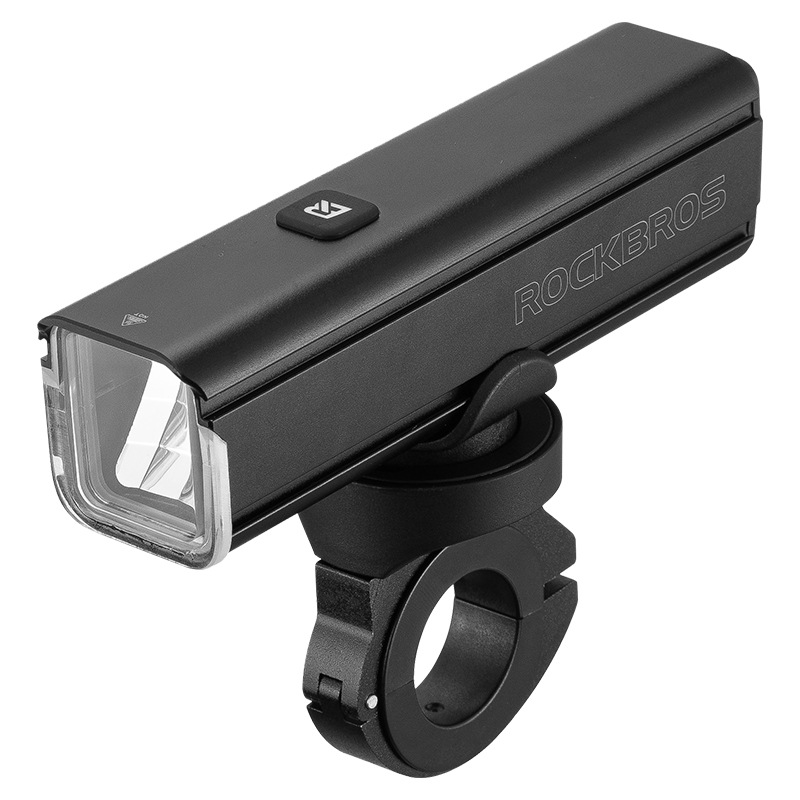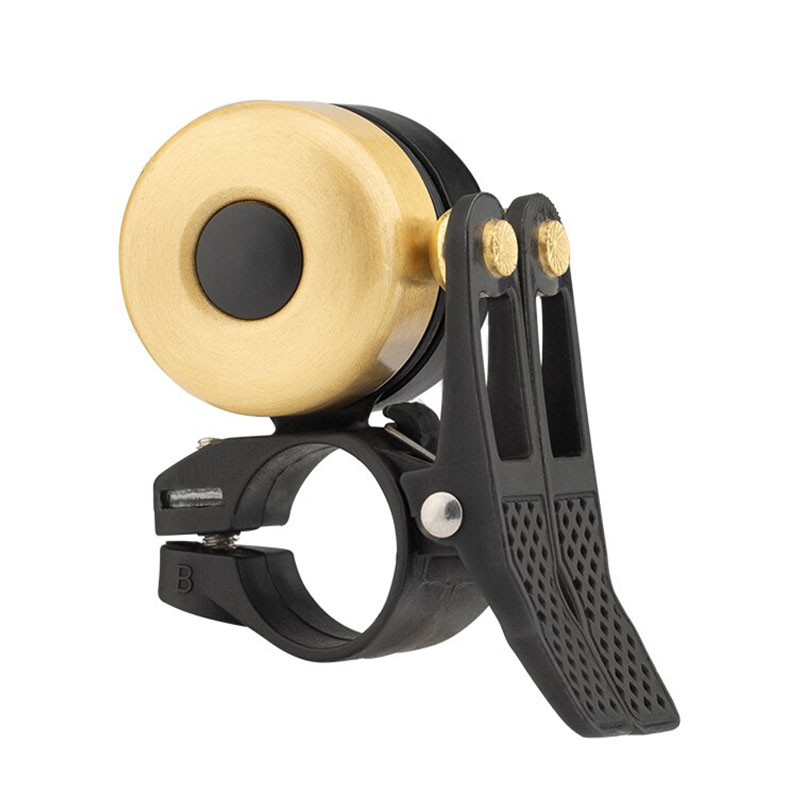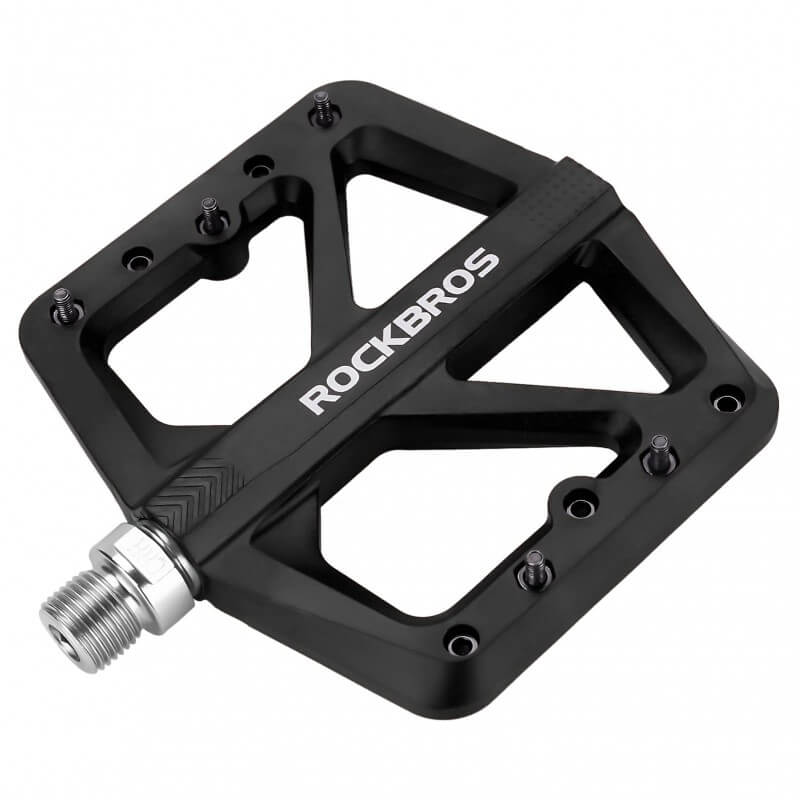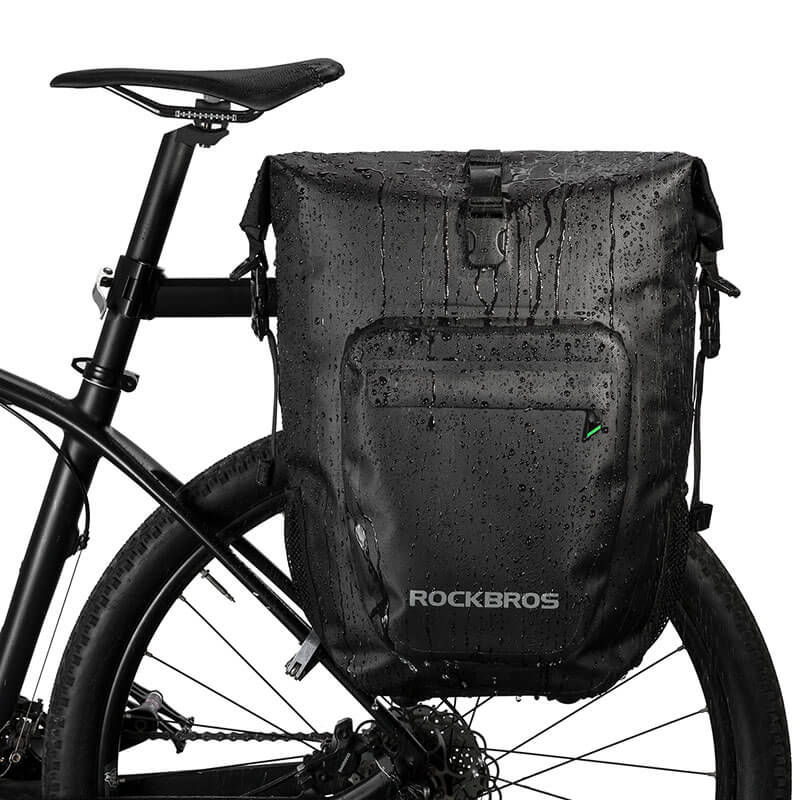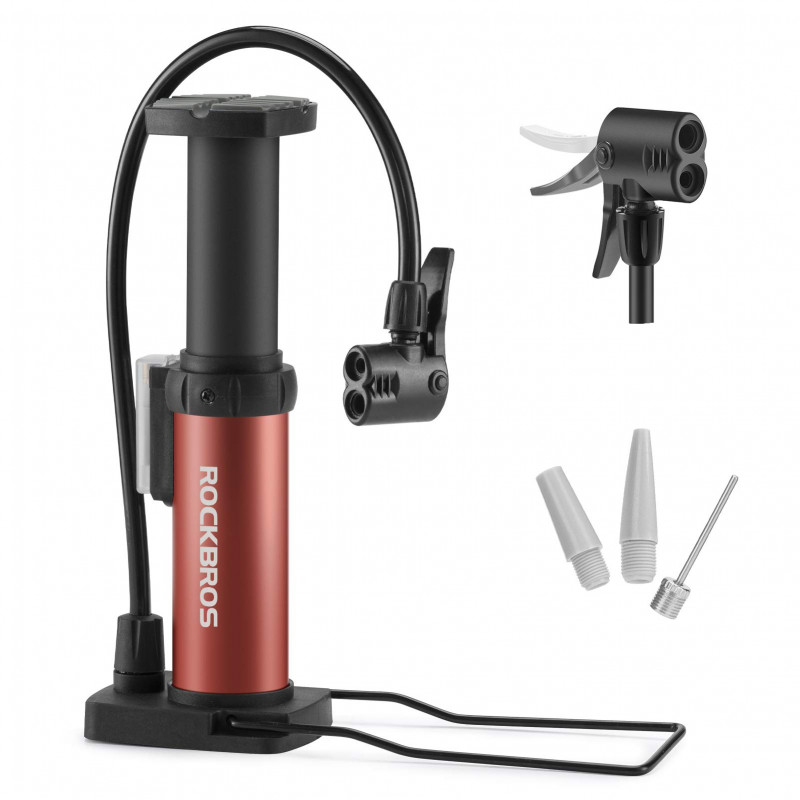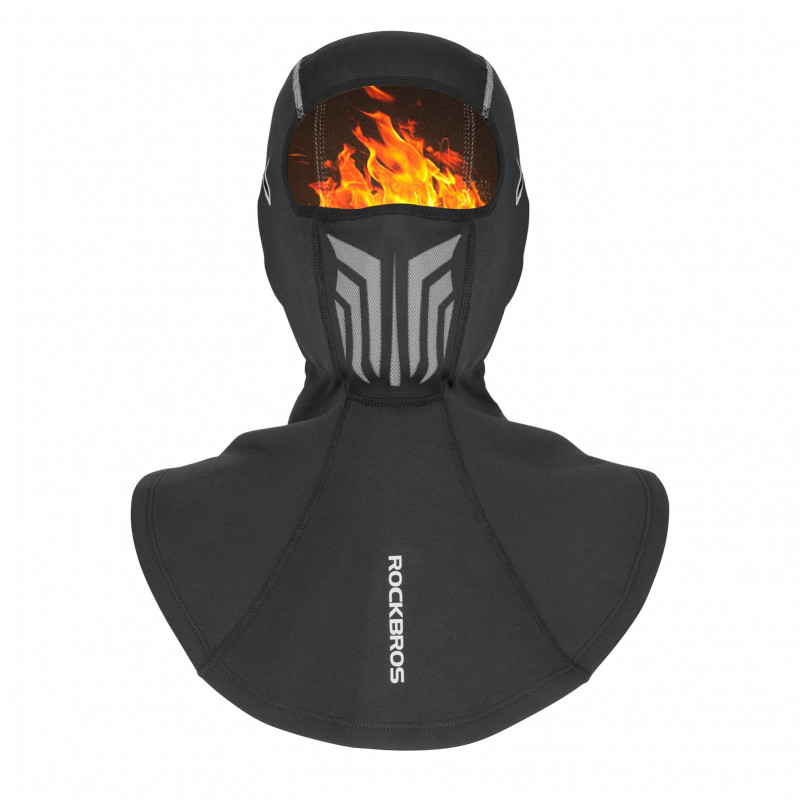Clipless Pedals in Cycling: Benefits and Considerations
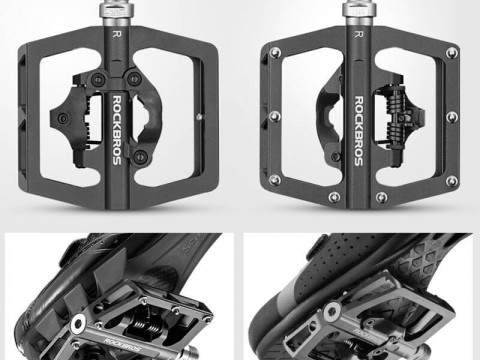
Cycling is a popular sport and recreational activity enjoyed by people of all ages and fitness levels. Whether you are a casual rider or a dedicated cyclist, the right equipment can significantly enhance your riding experience. One such piece of equipment that has gained popularity among cyclists is clipless pedals. In this article, we will explore the benefits of clipless pedals, important considerations before using them, tips for transitioning, common mistakes to avoid, and the comparison between clipless pedals and flat pedals.
Introduction
Clipless pedals, despite their name, actually involve clipping your cycling shoes into the pedals. Unlike traditional platform pedals, clipless pedals use a cleat system that allows you to secure your feet to the pedals, providing a more efficient and stable connection between you and the bike. The purpose of this article is to shed light on the benefits of using clipless pedals, as well as provide insights into the considerations cyclists should keep in mind when using them.
Benefits of Clipless Pedals
Improved Power Transfer
One of the primary advantages of clipless pedals is the improved power transfer they offer. By securing your feet to the pedals, you can fully utilize your leg muscles throughout the entire pedal stroke. This translates into more efficient propulsion, allowing you to generate more power and speed.
Enhanced Pedaling Efficiency
Clipless pedals promote a smoother and more consistent pedaling motion. With your feet firmly attached to the pedals, there is no wasted energy from your feet slipping or bouncing off the pedals. This efficiency becomes especially valuable during long rides or intense climbs.
Increased Stability and Control
By being clipped into the pedals, you gain increased stability and control over your bike. Your feet are less likely to slip off the pedals, particularly in wet or challenging terrain. This added stability contributes to better bike handling and maneuverability.
Reduced Fatigue and strain on muscles
Clipless pedals also help reduce fatigue and strain on your muscles. With a secure connection to the pedals, you can distribute the workload more evenly across your legs, minimizing the strain on specific muscles. This can be especially beneficial during long rides or when tackling steep inclines, as it allows you to maintain a more comfortable and sustainable pedaling effort.
Better Foot Alignment and Support
Proper foot alignment is crucial for efficient and injury-free cycling. Clipless pedals enable you to position your feet in an optimal alignment, ensuring that the force generated from each pedal stroke is directed correctly. Additionally, most clipless pedal systems offer adjustable float, which allows a small degree of lateral foot movement. This float helps to reduce stress on the knees and provides a more natural and comfortable pedaling motion.
Types of Clipless Pedals
Clipless pedals come in various designs, each tailored to different types of cycling disciplines. Understanding the different types can help you choose the right pedals for your specific needs.
Road Clipless Pedals
Road clipless pedals are designed for road cycling and are characterized by their lightweight construction and large cleat contact area. They often have a three-bolt cleat system that offers a wide range of adjustability for foot position. Road clipless pedals prioritize efficient power transfer and are commonly used by road cyclists, triathletes, and competitive riders.
Mountain Bike Clipless Pedals
Mountain bike clipless pedals are specifically designed for off-road riding. They feature a two-bolt cleat system and a smaller cleat contact area compared to road pedals. This design allows for easier entry and exit, as well as better mud-shedding capabilities. Mountain bike clipless pedals provide a balance between power transfer and the ability to quickly disengage in technical terrain.
Touring Clipless Pedals
Touring clipless pedals are designed for long-distance touring and commuting. They are often dual-sided, allowing you to clip in on either side of the pedal. This feature makes them convenient for urban riding, where frequent stops and starts are common. Touring pedals prioritize ease of use and versatility, making them suitable for a wide range of cycling activities.
Considerations before Using Clipless Pedals
While clipless pedals offer numerous benefits, there are some important considerations to keep in mind before making the switch.
Skill Level and Experience
If you're new to cycling or have limited experience, it's important to understand that clipless pedals require a learning curve. They demand coordination and quick reflexes to unclip in various situations. It's advisable to practice in a safe environment and gradually build your confidence before venturing into more challenging terrain.
Shoe Compatibility
Clipless pedals require compatible cycling shoes with the appropriate cleat system. Before purchasing pedals, ensure that your shoes are compatible or be prepared to invest in compatible shoes. It's important to choose shoes that fit well, provide proper support, and match your riding style.
Adjustment and Setup
Proper adjustment and setup of clipless pedals are crucial for optimal performance and comfort. Take the time to understand the adjustment mechanisms and follow the manufacturer's instructions carefully. Proper cleat alignment, tension adjustment, and float settings can make a significant difference in your riding experience.
Learning Curve
As mentioned earlier, there is a learning curve associated with clipless pedals. It takes time to develop the muscle memory and reflexes required for quick and smooth clip-in and clip-out actions. Be patient with yourself during the learning process and give yourself ample time to adapt to the new pedal system.
Safety Concerns
Clipless pedals can present safety concerns, especially in situations where quick disengagement is necessary, such as emergency stops or falls. Riders must be aware of the potential risks and be prepared to react accordingly. It's essential to practice unclipping in various scenarios and anticipate situations where you may need to detach your feet from the pedals quickly. Being mindful of these safety concerns and practicing proper techniques will help mitigate risks.
Tips for Transitioning to Clipless Pedals
Transitioning to clipless pedals can be an exciting but challenging process. Here are some helpful tips to make your transition smoother and more successful:
Start with a Beginner-Friendly System
If you're new to clipless pedals, it's wise to start with a beginner-friendly system. Look for pedals that offer easy entry and exit, with adjustable tension settings to gradually increase as you gain confidence. This will allow you to ease into the clipless experience without feeling overwhelmed.
Practice Unclipping in a Safe Environment
Before hitting the roads or trails, spend time practicing unclipping in a safe and controlled environment. Find an open area or use a stationary trainer to practice clipping in and out of the pedals. Start with one foot clipped in and the other foot ready to unclip. Repeat the motion until you feel comfortable and confident with the process.
Gradually Increase Difficulty and Terrain
As your confidence grows, gradually introduce more challenging terrain and riding conditions. Start with flat, even surfaces, and progress to hills, descents, and technical trails. This progressive approach allows you to develop the necessary skills and confidence while adapting to different riding scenarios.
Seek Guidance from Experienced Riders
If possible, seek guidance from experienced cyclists who are familiar with clipless pedals. They can provide valuable tips, advice, and even accompany you on rides to offer support and encouragement. Learning from those who have already mastered clipless pedals can accelerate your learning curve and help you avoid common pitfalls.
Be Patient and Persistent
Transitioning to clipless pedals is a process that requires patience and persistence. It's normal to experience a few fumbles and falls initially, but don't let that discourage you. Keep practicing, stay positive, and celebrate small victories along the way. With time and practice, clipping in and out will become second nature.
Common Mistakes to Avoid
When using clipless pedals, it's essential to be aware of common mistakes that can hinder your overall experience. Here are some mistakes to avoid:
Forgetting to Unclip before Stopping
One of the most common mistakes is forgetting to unclip your feet before coming to a stop. This can result in an embarrassing and potentially painful fall. Always anticipate stops and unclip in advance, giving yourself enough time to place your foot on the ground safely.
Improper Cleat Position and Alignment
The position and alignment of your cleats on your cycling shoes are crucial for optimal comfort and efficiency. Avoid placing the cleats too far forward or backward, as this can lead to discomfort or inefficient pedaling. It's recommended to have a professional bike fit or seek advice from experienced cyclists to ensure proper cleat placement.
Neglecting Maintenance and Cleat Replacement
Clipless pedals and cleats require regular maintenance to function properly. Keep the pedals clean and free from debris, and periodically check the cleats for wear and tear. Replace worn-out cleats promptly to maintain a secure connection and prevent premature release.
Over-Tightening or Under-Tightening Pedals
Finding the right tension setting for your clipless pedals is essential. Over-tightening the pedals can make it difficult to unclip, while under-tightening can result in unintentional releases. Experiment with different tension settings to find the balance that works best for you.
Ignoring Shoe-Pedal Compatibility
Ensure that your cycling shoes are compatible with the clipless pedal system you choose. Different pedal brands and models have specific cleat compatibility, so it's crucial to check for compatibility before making a purchase. Using incompatible shoes can compromise safety and hinder the performance of the pedal system.
Clipless Pedals vs. Flat Pedals
While clipless pedals offer several benefits, it's important to acknowledge that flat pedals have their advantages too. Let's compare the two:
Pros of Clipless Pedals
- Improved power transfer and pedaling efficiency.
- Enhanced stability and control, especially in challenging terrain.
- Reduced muscle fatigue and strain.
- Better foot alignment and support.
- Efficient transfer of energy throughout the entire pedal stroke.
Cons of Clipless Pedals
- Steeper learning curve and adjustment period.
- Safety concerns, especially for new users.
- Requires specific cycling shoes and cleat compatibility.
- Potential for falls if unable to unclip in time.
Pros of Flat Pedals
- Immediate foot disengagement, offering a sense of security for beginners.
- Ease of use and accessibility for casual riders and commuters.
- No need for specific cycling shoes.
- Greater freedom of movement on the bike.
- Suitable for technical maneuvers, such as jumping and maneuvering the bike.
Cons of Flat Pedals
- Reduced power transfer and pedaling efficiency.
- Less stability and control, especially in rough terrain.
- Increased strain on leg muscles during longer rides.
- Foot slippage is possible, especially in wet conditions.
- Limited foot alignment options.
The choice between clipless pedals and flat pedals ultimately depends on personal preferences, riding style, and goals. Competitive cyclists and those seeking maximum efficiency often prefer clipless pedals, while casual riders, commuters, and mountain bikers who prioritize maneuverability and immediate foot release may opt for flat pedals.
Conclusion
Clipless pedals provide several benefits for cyclists, including improved power transfer, enhanced pedaling efficiency, increased stability and control, reduced fatigue and strain on muscles, and better foot alignment and support. However, it's crucial to consider factors such as skill level, shoe compatibility, adjustment, learning curve, and safety concerns before transitioning to clipless pedals. By following the tips for transitioning and avoiding common mistakes, cyclists can have a smooth and successful experience with clipless pedals. Remember to weigh the pros and cons of clipless pedals versus flat pedals to make an informed decision based on your riding style and preferences.
FAQs
Are clipless pedals suitable for beginners? Clipless pedals can be used by beginners, but they require a learning curve and practice to become comfortable with. Starting with a beginner-friendly system and practicing in a safe environment is recommended.
Can I use clipless pedals for commuting? Yes, clipless pedals can be used for commuting. However, it's important to consider the specific needs of commuting, such as frequent stops and starts, and choose a pedal system that allows for easy and quick foot disengagement.
How do I choose the right cycling shoes for clipless pedals? When choosing cycling shoes for clipless pedals, consider factors such as the type of riding you'll be doing, the pedal system you're using, and the fit and comfort of the shoes. It's advisable to try on different brands and models to find the best fit for your feet.
Do I need to wear special cycling shoes with clipless pedals? Yes, clipless pedals require compatible cycling shoes with the appropriate cleat system. These shoes have a stiff sole for efficient power transfer and have a provision for attaching the cleats securely.
What if I can't clip out in time and fall? Falling due to not being able to unclip in time is a common concern. It's important to practice unclipping in various situations and be mindful of your surroundings. As you gain experience, you'll develop quicker reflexes and be able to unclip more efficiently. If you find yourself unable to unclip in time and fall, remember to protect yourself by trying to land on your side or shoulder rather than using your hands to break the fall. Wearing appropriate protective gear such as a helmet, gloves, and knee pads can also help minimize the impact of a fall.
Remember, transitioning to clipless pedals takes time and practice. Don't get discouraged by initial difficulties. With patience, persistence, and proper technique, you'll soon reap the benefits of clipless pedals and enjoy a more efficient and comfortable cycling experience.
